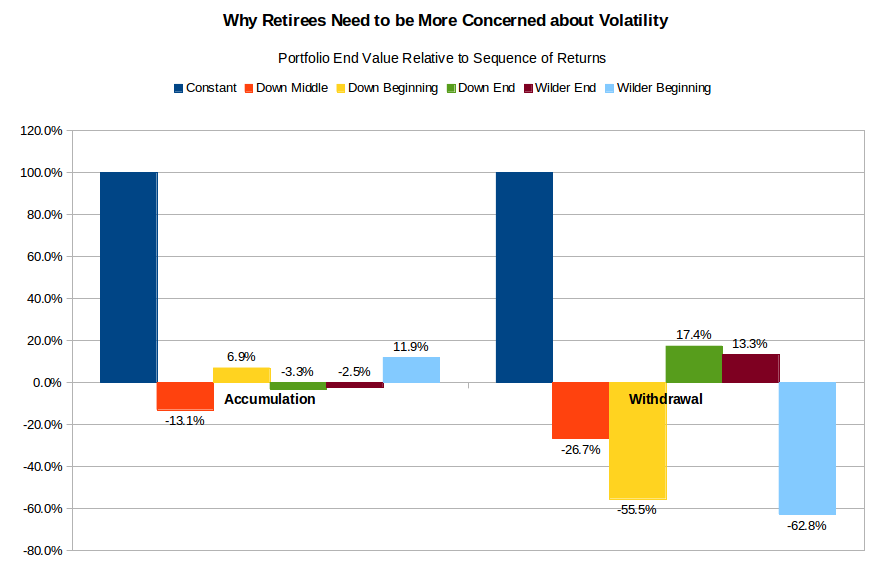HowtoInvestOnline Using Indices to Benchmark Your Investment Results
Post on: 16 Апрель, 2015 No Comment

Using Indices to Benchmark Your Investment Results
Once you have investments, you probably, or should, want to know how they are doing. A natural first check is simply to look at an account statement and see if the investments are up or down. Next might be a comparison to the rate of inflation at the Bank of Canada to see if you have gained or lost in real terms.
Markets as a Benchmark
A third measure is to compare against how everyone else is doing, in other words against the market. Doing better than the market — out-performance — is a more severe test of success. For example, if your investments went up 8%, that might seem quite good. However, if the overall market went up 12% then you are 4% short of the average, not so good. Conversely, in 2008 stock markets everywhere were significantly down, anywhere from 30 to 45%, so if your investments only went down 10%, that was great performance!
What is a Market Index ?
A market index, such as the TSX. the Nasdaq or the S&P quantifies the rise or fall of a collection of stocks, which may represent a market like the TSX. The S&P / TSX Composite includes the largest and frequently traded companies traded on the Toronto Stock Exchange ( TSX ), currently 208 companies, which represent about 95% of the total value of Canadian equities. Or an index might represent a mixture of government and corporate bonds or other securities.
There are thousands of indices worldwide for stocks, bonds, commodities, real estate, industry sectors, regions, investing styles. Which securities are in an index and in what proportions can have big effects on performance numbers, so it is important to pick appropriate indices to really compare your apples with other apples and not with oranges or chimpanzees.
With that in mind, this post sticks to basics and commonly-accepted theory to suggest some principles and a list of indices for a Canadian individual investor.
Principles for Choosing Indices
- Asset classes for boundaries — assumes that you the investor look at your securities as a portfolio — an integrated whole diversified among asset classes; results in choosing broad indices and keeps the number down, thus easier to manage tracking
The Indices
1) Equity
- Canada — S&P / TSX Composite Total Return at Yahoo Finance
- USA — Dow Jones Wilshire 5000 (Full-cap) — 99.9% of the total of US equity vs only 80% for the better-known S&P500; includes selector to convert results into CAD and for any time period
- Global — excl USA
- Developed Countries — Dow Jones Wilshire Global Developed ex US ; selector for dates and CAD currency; alternative is better-known MSCI Barra EAFE (Europe Australasia Far East) but value in USD must be converted to CAD
- Emerging Market Countries (incl Russia, India, China) — MSCI Barra EM (Emerging Markets) ; value in USD
2) Bonds
- S&P Canada REIT, USA and Global available in CAD; to access you must register first but it’s free.
4) Commodities














